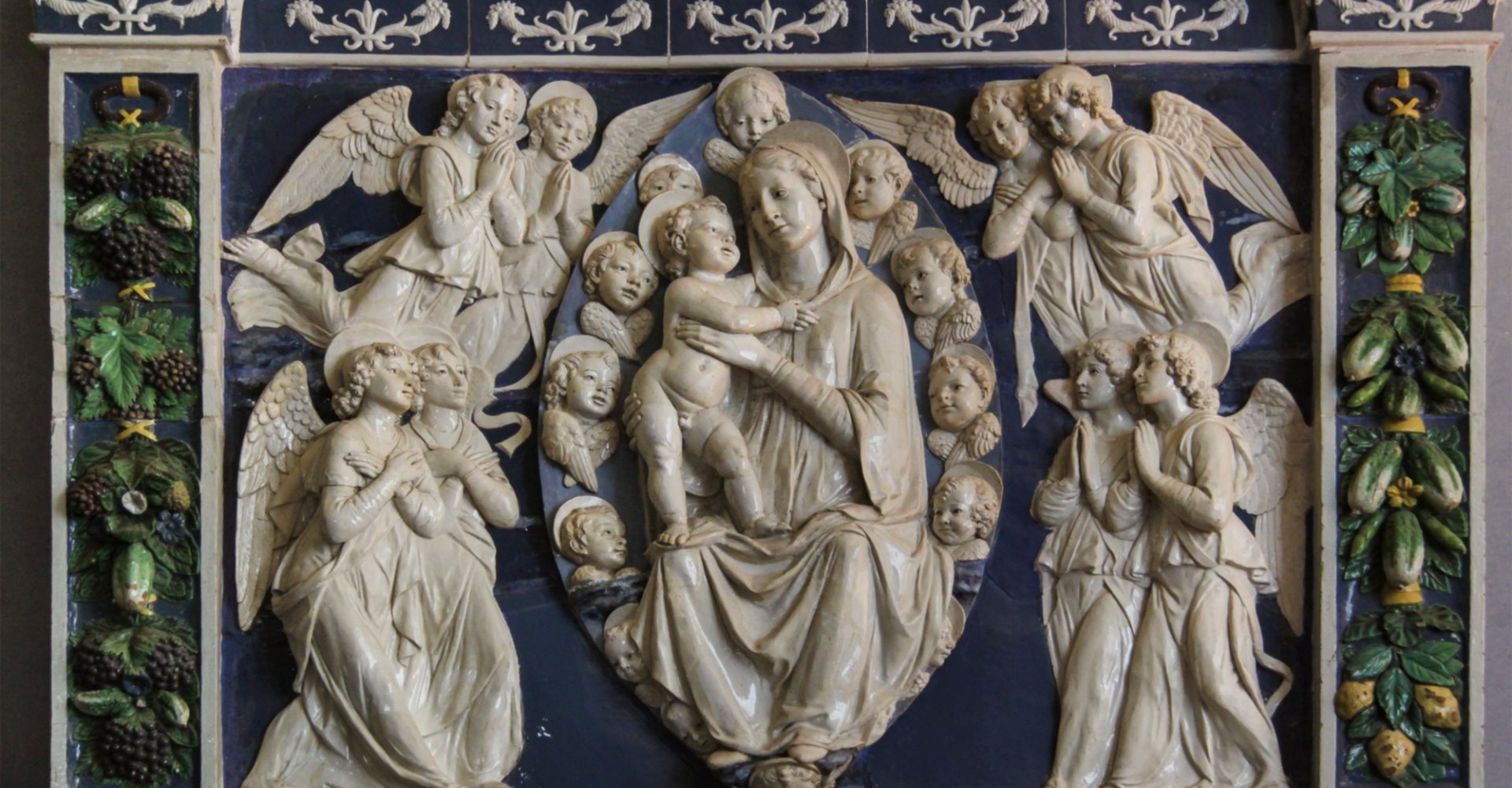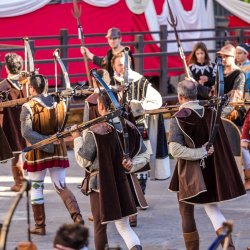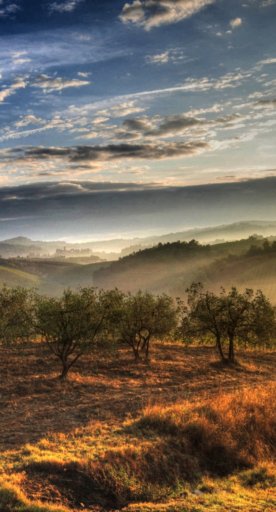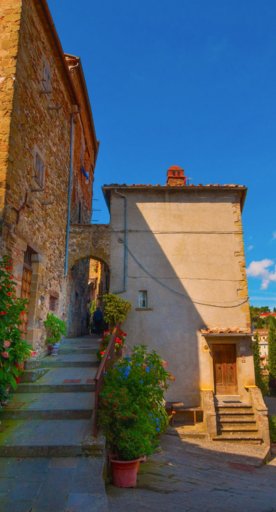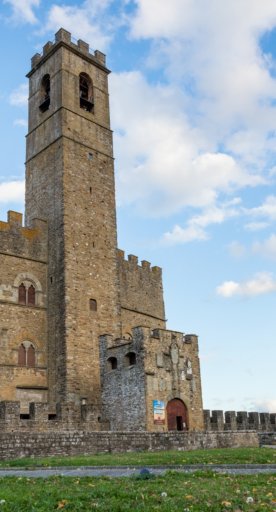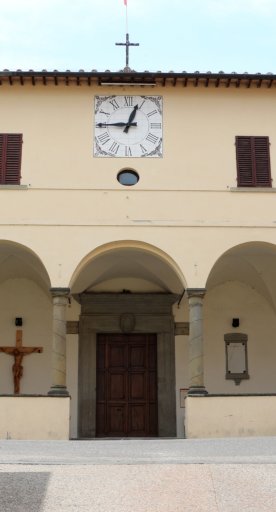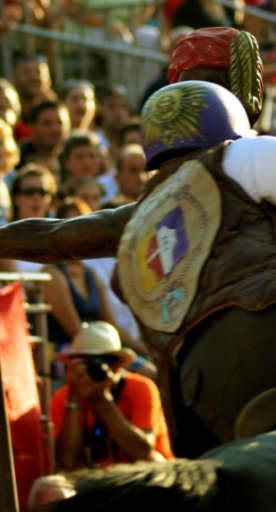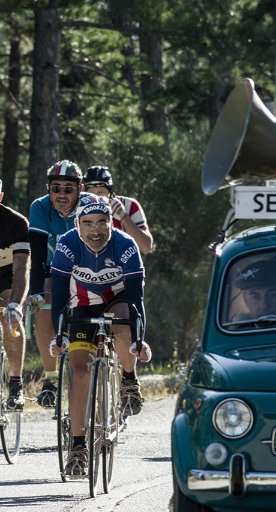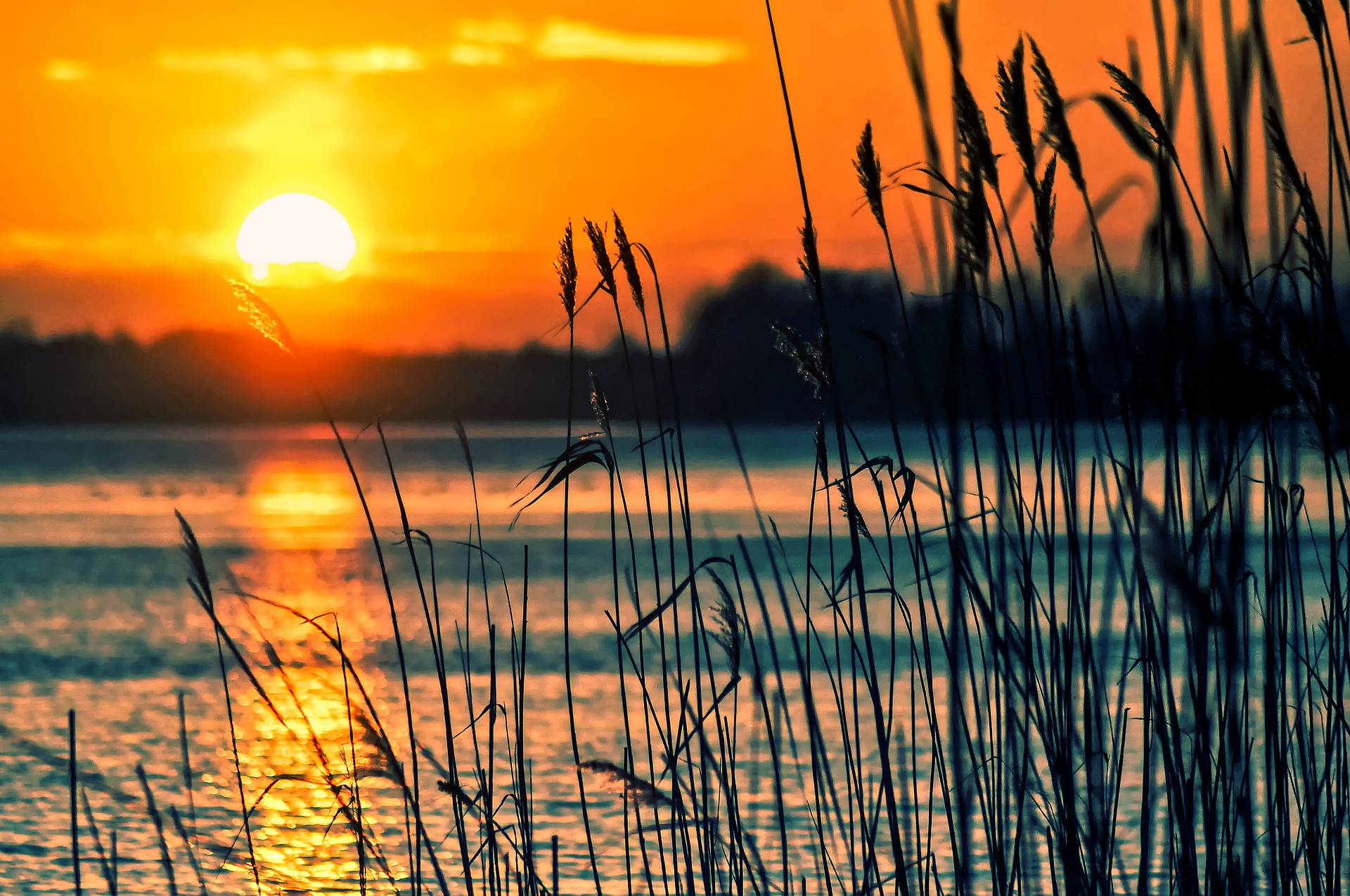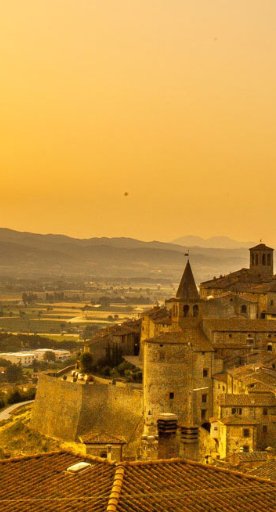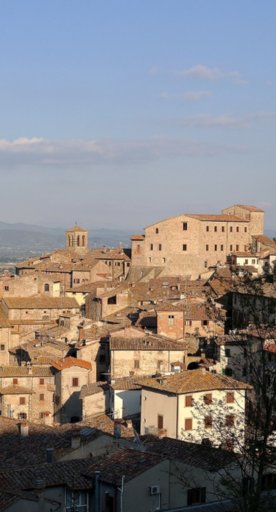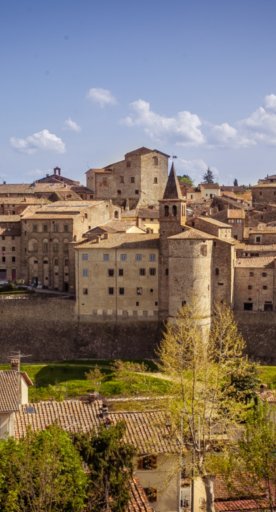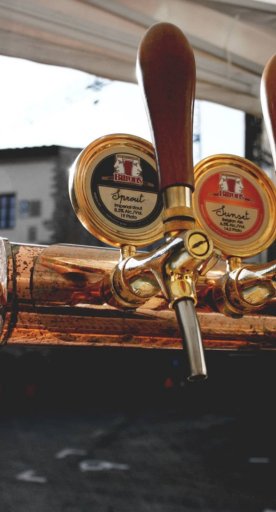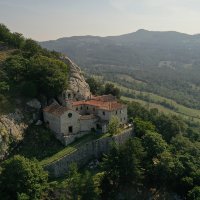The great artists on the Via di Francesco in Tuscany
Let’s discover some of the most important painters and sculptors of the Renaissance as we travel along the network of paths made famous by the passage of San Francesco
The Via di Francesco is not only a walk in the footsteps of the saint through faith, nature and fascinating historic villages. It is a journey on foot that also lets us discover the lives and works of art of the greatest Renaissance geniuses.
Along the paths of the Via di Francesco in Tuscany, in fact, is hidden an immense artistic heritage that you can admire step by step: from the village of Caprese Michelangelo, birthplace of Michelangelo Buonarroti, to Arezzo, custodian of the greatness of Piero della Francesca, to the big-sized and small-sized churches that preserve the terracottas by the Della Robbia family.
-
1.Michelangelo
-
2.Piero della Francesca
-
3.Della Robbia
Michelangelo
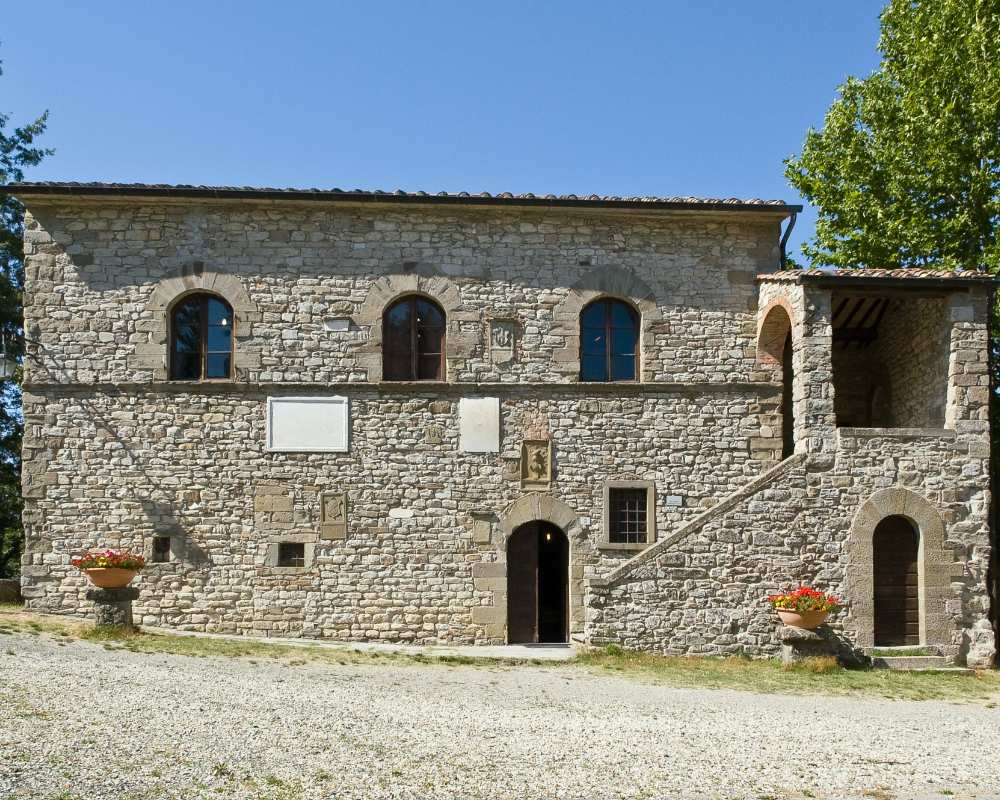
Known as one of the greatest artists of all time and the author of such masterpieces as David, The Pietà and the frescoes of the Sistine Chapel, the painter, sculptor and architect Michelangelo Buonarroti has his birthplace and also his tomb along the Via di Francesco.
Caprese Michelangelo, a small village that lies on the western route, was designated Michelangelo's birthplace, from which it takes its name, in 1875 and houses in its ancient castle the home where he was born and the Museo Michelangiolesco.
Michelangelo died in Rome on February 18, 1564, and was buried in the Basilica of the Holy Apostles. His nephew Leonardo adventurously purloined his body, secretly bringing it to Florence, the city-casket of many of his works and the starting point of the path. The Via di Francesco in fact begins at largest Franciscan church in the world, the Basilica of Santa Croce, the eternal resting place of the great Michelangelo.
Piero della Francesca
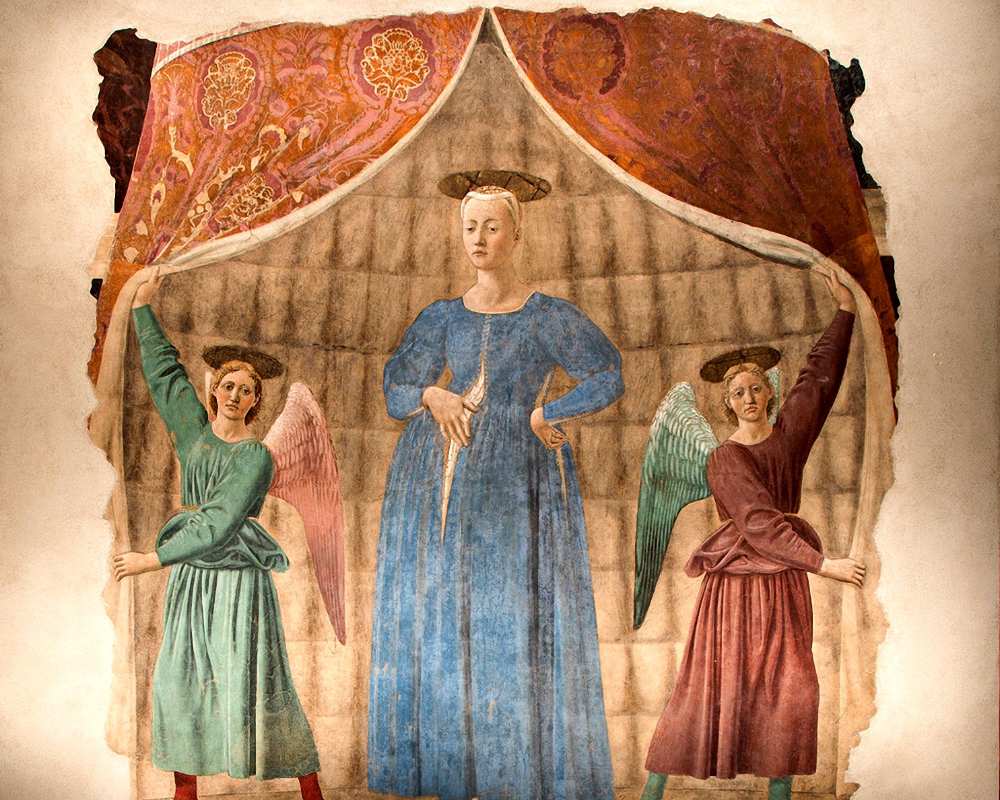
Another 15th-century genius, Piero della Francesca, sees his artistic life linked to some beautiful places in the Arezzo area crossed by the Via di Francesco. Famous through the centuries as a painter but at the time also as a mathematician, he was a representative of the second generation of humanist artists. He was born and died in Sansepolcro, a delightful village in the Alta Valtiberina, which he often featured in his works. Sansepolcro houses in the Civic Museum The Resurrection, a wall painting dating from around 1460 and described by the English writer and philosopher Aldous Huxley as "the most beautiful painting in the world."
The pleasant village of Monterchi, on the border with Umbria, instead preserves one of the greatest Renaissance expressions, the Madonna del Parto, appreciable in all its beauty in the chapel of Santa Maria di Momentana. The charm of Arezzo also frames some of its works: the Duomo houses the Maddalena, a fresco characterized by an innovative use of light, while in the basilica of San Francesco you can admire the famous fresco cycle Storie della Vera Croce (Stories of the True Cross).
Della Robbia
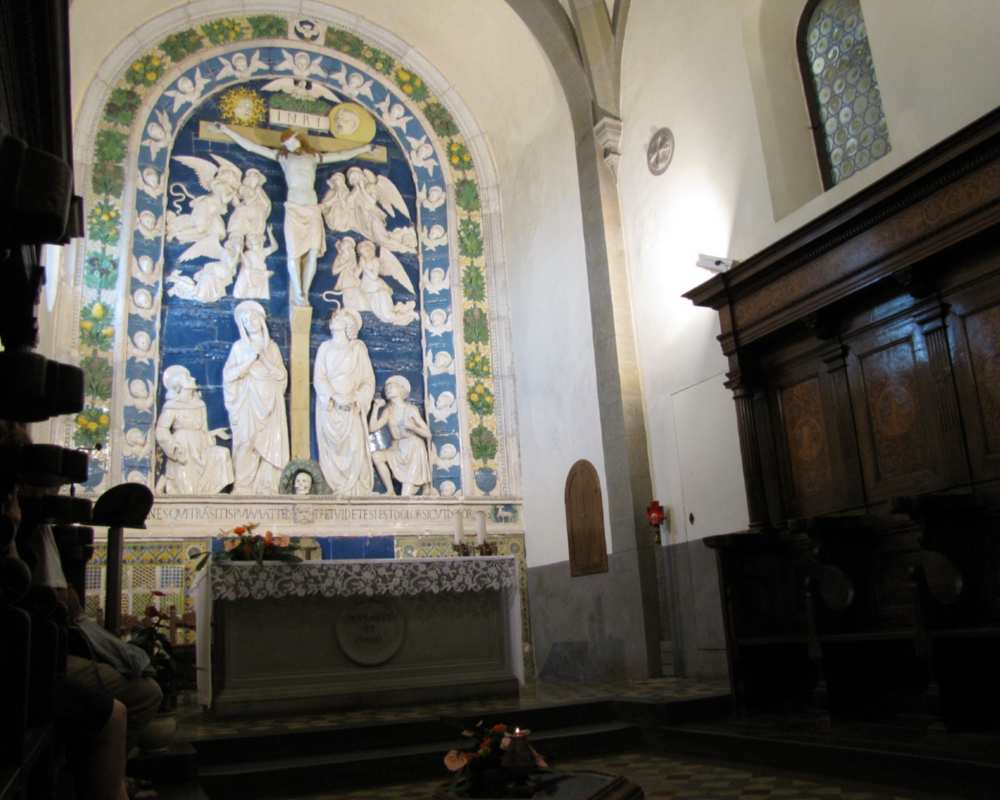
Some members of the most famous family of sculptors of the Renaissance, the Della Robbia family, left a precious artistic legacy scattered along the Via di Francesco. Specialized in the technique of polychrome glazed terracotta, their works embellish great art cities such as Florence and Arezzo, as well as villages and small towns.
Sansepolcro, in the Civic Museum, preserves the Natività con l’Annuncio ai pastori (Nativity with the Announcement to the Shepherds) and Annunciazione (Annunciation) by Andrea Della Robbia. The historic villages of Badia Tedalda, Pieve Santo Stefano and Anghiari, famous for the battle that took place there in 1440, are also jealous custodians of the works by the Della Robbia family.
In the tiny village of Diacceto stands the parish church of San Lorenzo, near Pelago, where a terracotta attributable to Giovanni della Robbia depicting the Madonna and Child is preserved; while the religious complex located near Bibbiena, the sanctuary of Santa Maria del Sasso, houses a glazed frieze attributable to the hand of Fra' Mattia della Robbia. But it is in the Sanctuary of La Verna that most of works by the Della Robbia family in Casentino are found, such as the Assunta che dona la cintola a San Tommaso tra i Santi Gregorio, Francesco e Bonaventura (Assumption giving the girdle to St. Thomas between Saints Gregory, Francis and Bonaventura), by the hand of Andrea della Robbia and the Natività con San Francesco e Sant’Antonio (Nativity with St. Francis and St. Anthony) by Luca il giovane and the Pietà by Giovanni della Robbia.
